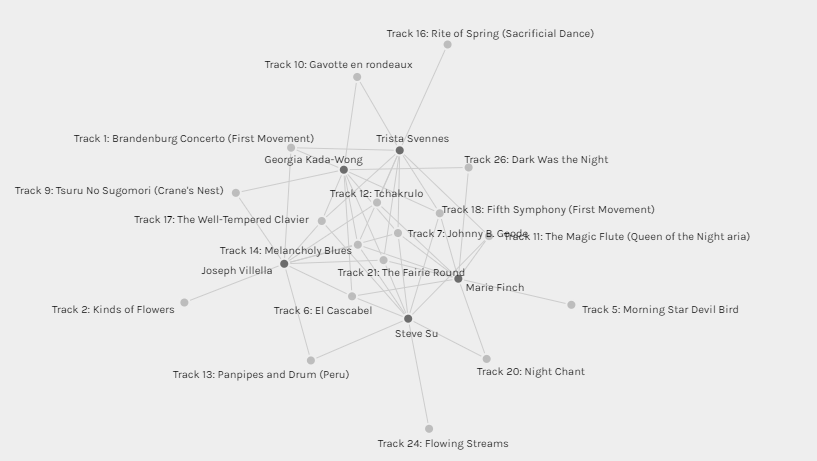As a true crime documentary enthusiast, it is no surprise to me that I was heavily engaged in this task. The resources to go along with this task particularly piqued my interest and the task itself left me mind blown and questioning my own thinking while also leaving me with an increased sense of both discomfort and awareness. I particularly enjoyed listening to the podcasts that provided insightful information into real life examples of how predictive software works.
While completing this task I found myself feeling conflicted with many of my decisions as I did not feel I had enough information to make a just decision. I also noticed that the statement for prosecution rarely recommended release and when it did I typically agreed with its response. However, the majority of the scenarios recommended detention which left me feeling even more conflicted with many of my decisions. The criteria I had to go off of was minimal for a decision that carries such heavy results and consequences. This task opened my eyes in many ways to the unjust decisions that are made every day by large corporations that the public rely on and speaks to how much we rely on technology and its systems to solve our problems.
It is evident that everyone who uses the internet is affected by algorithms and upon understanding and thinking about algorithms in its simplest forms as, “a set of instructions for which to solve problems” it is particularly terrifying to think about in regards to topics of legal issues and crime (Malan, 2013). The ways in which crime prediction software is carried out was both surprising to hear and not in many ways and also reminded me of the constant ways people are rated and categorized, including with credit scores, insurance premiums, etc. For instance, the location of where your vehicle is parked overnight will affect your insurance premium. Similarly, this predictive model focuses on the geography instead of the individual and these measurement tools do not capture the ‘full picture’ of individuals (O’Neil, 2017). In addition, hearing about the different quota systems in place and strategies to achieve quotas was rather disturbing and reminded me of how my friends and I used to joke about being extra careful on the road towards the end of the month when cops were needing to make their monthly ticket quotas.
O’Neil, C. (2017, April 6). Justice in the age of big data. Retrieved June 18, 2019, from ideas.ted.com website: https://ideas.ted.com/justice-in-the-age-of-big-data/
TED-Ed. (2013). What’s an algorithm? – David J. Malan.
Vogt, P. (n.d.-a). The Crime Machine, Part I.
Vogt, P. (n.d.-b). The Crime Machine, Part II.

